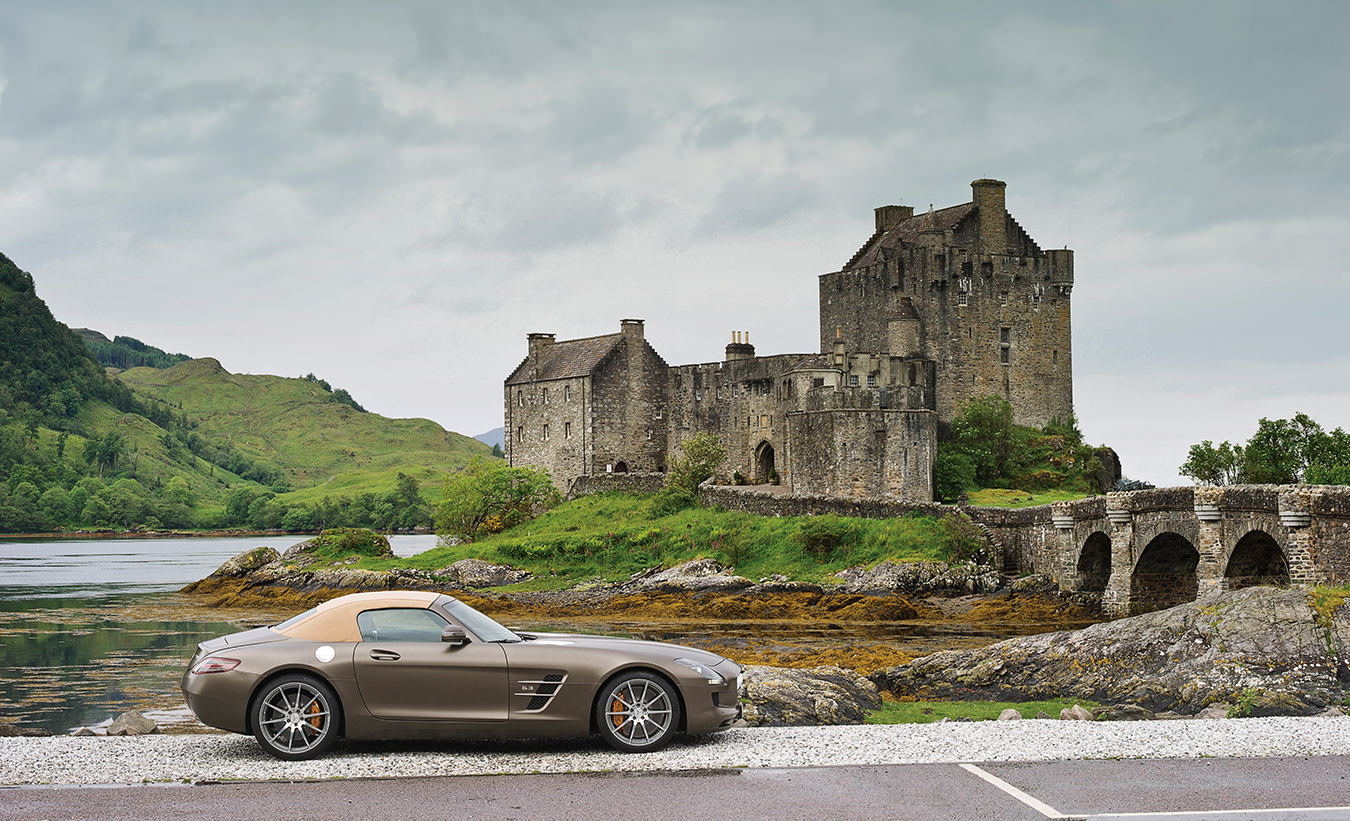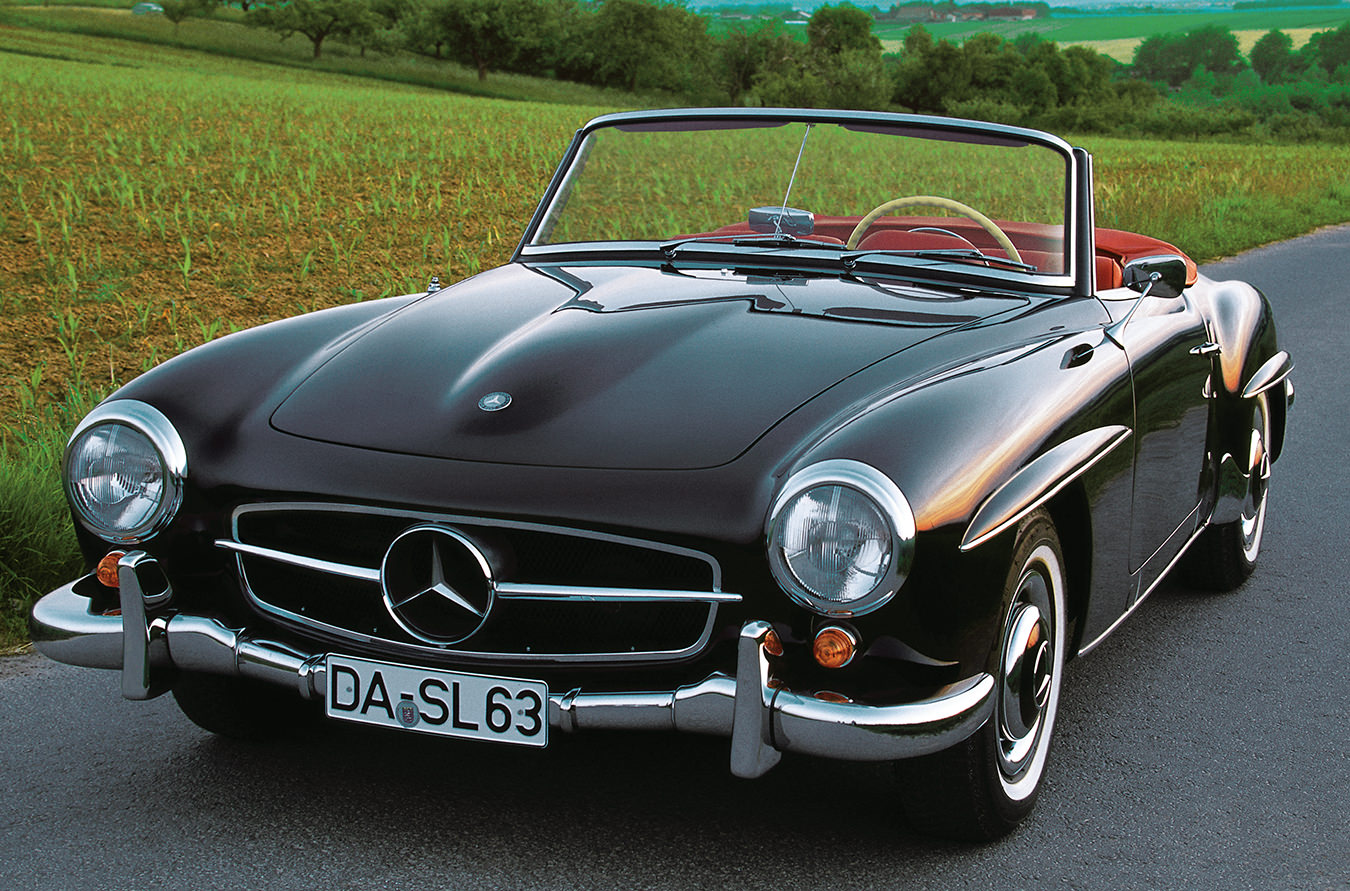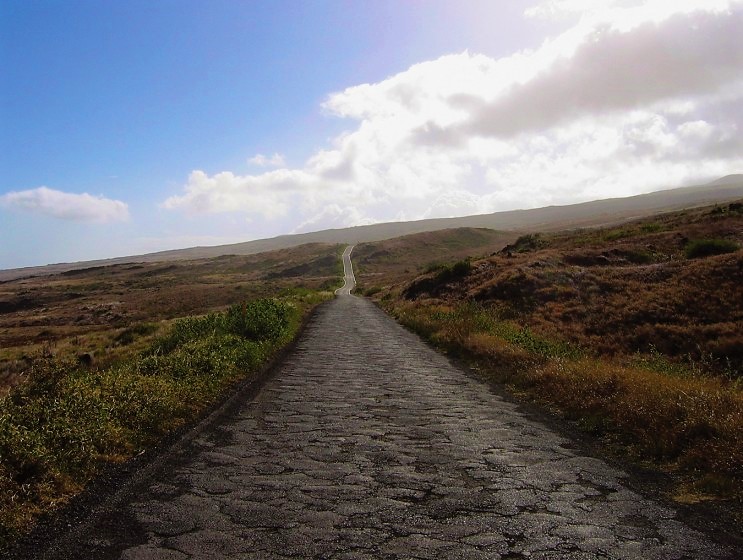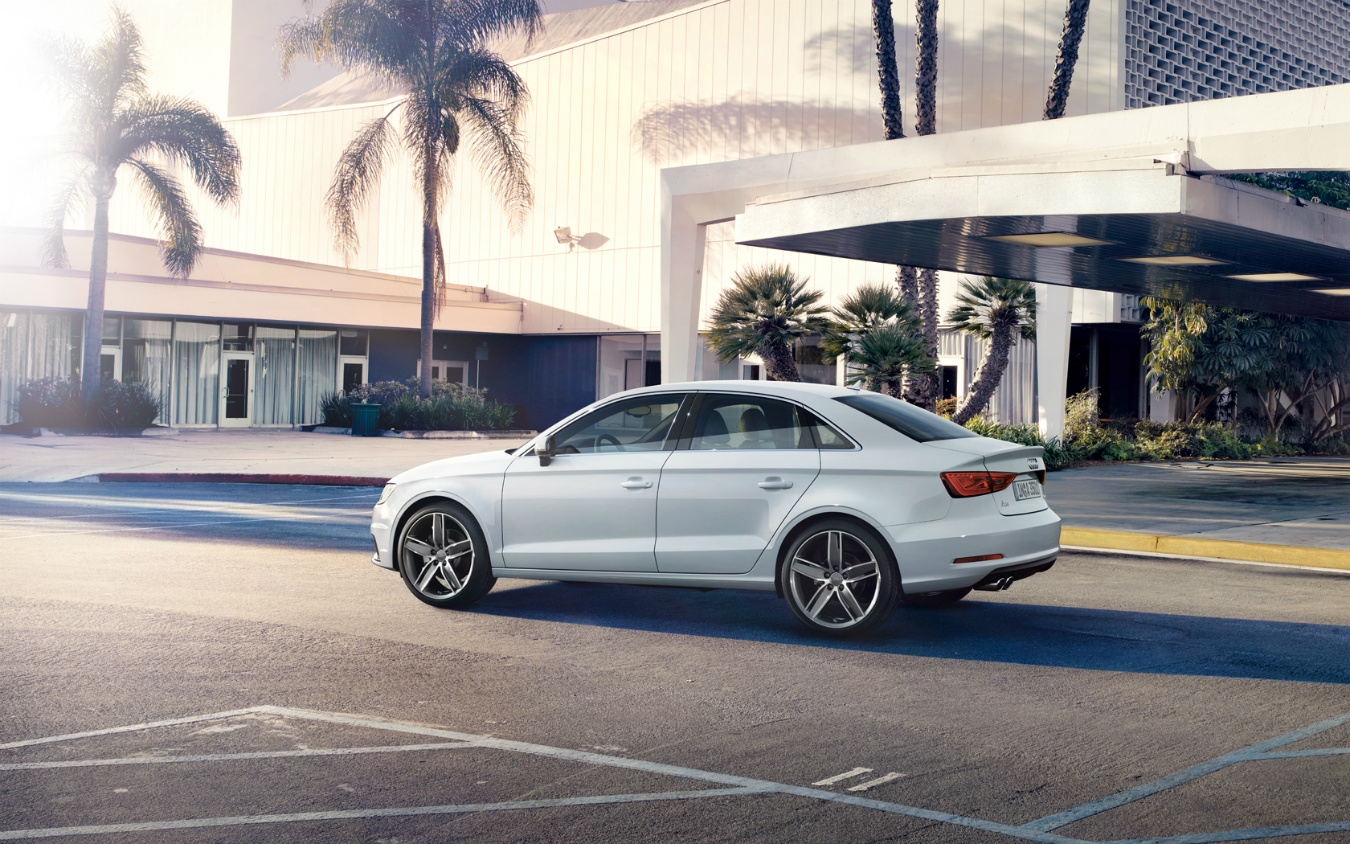Maybach at 100: A Look at the History, the Future, and Everything in Between
The heart of the Zeppelin.
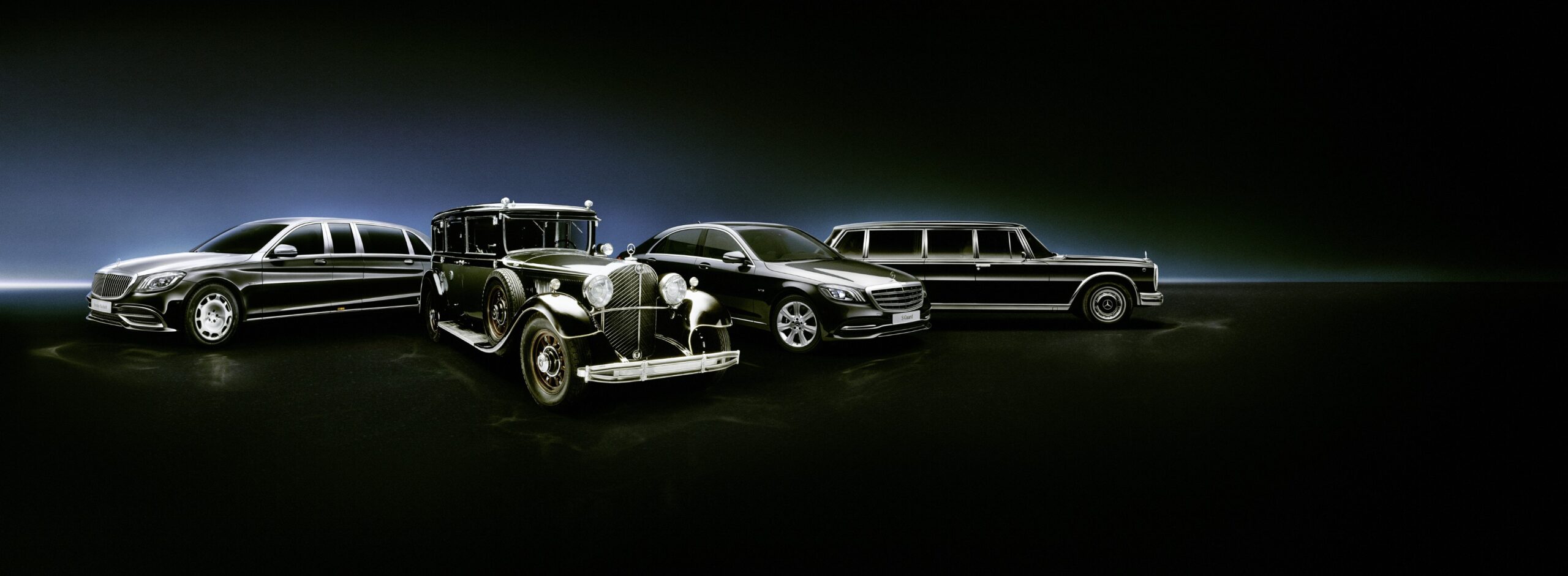
Mercedes-Benz Guard Historie. (From Left) Mercedes-Maybach S 650 Pullman Guard, Mercedes-Benz S 600 Guard, Mercedes-Benz 600 Pullman.
There are very few truly old automakers, and fewer still when it comes to luxury, so the centennial celebrations of the Maybach brand are a big deal. Who would’ve guessed 100 years ago that the brand behind some large, opulent, and class-leading vehicles would still be around today? Roughly 1,800 examples of these impressive vehicles were manufactured between 1921 and 1941, yet only 160 are still found around the world.
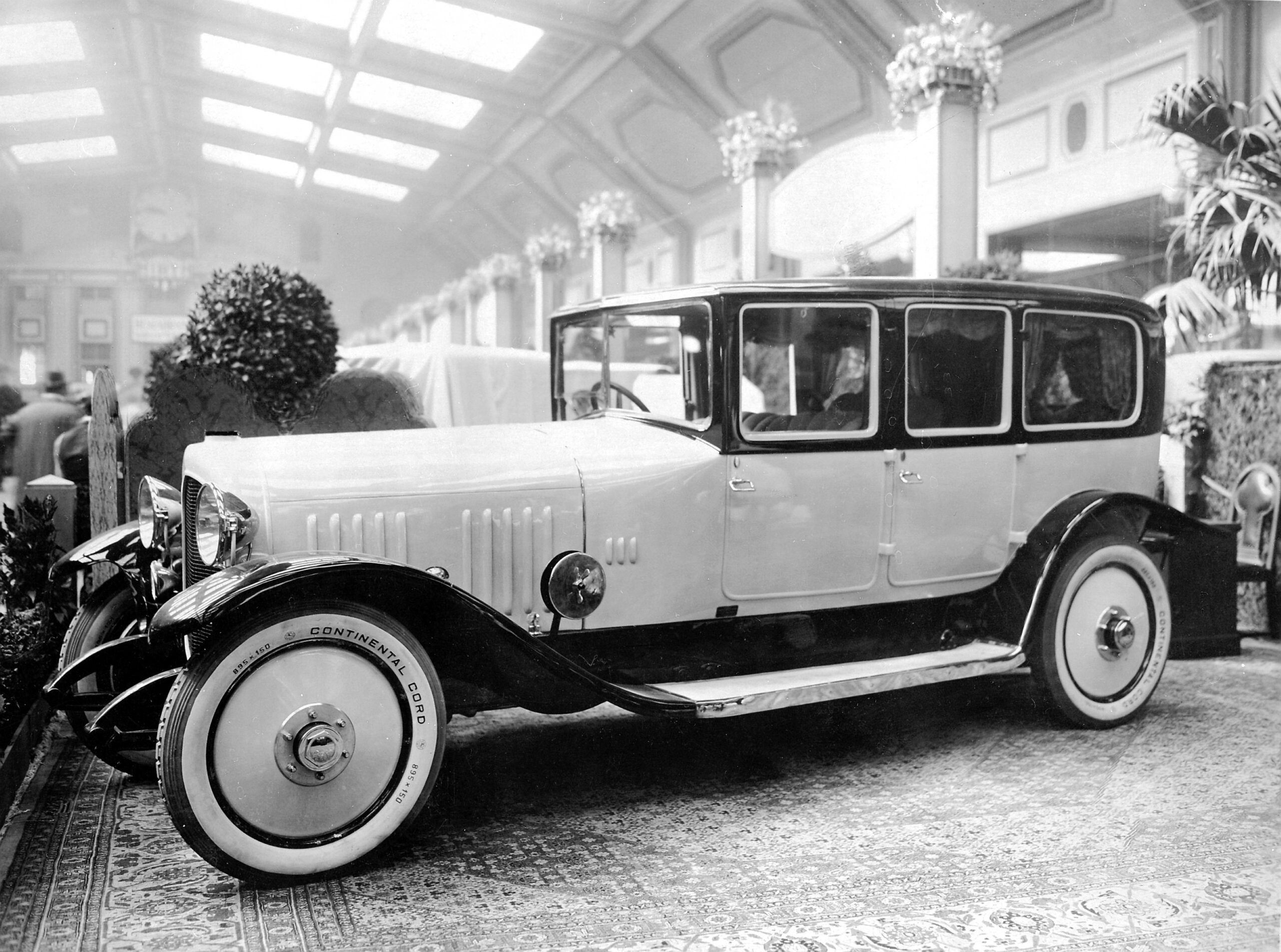
100 years of Maybach Automobiles; Maybach 22/70 HP W3.
Wilhelm Maybach was an engineer who worked with Daimler. He left the company to give aircraft engines a try, which resulted in the development and manufacturing of diesel and gas motors for Zeppelin airships, as well as for trains and tanks. In 1919, he built an experimental car with the ambition of being the best in the industry, and then another model in 1921.
That vehicle was the Maybach 22/70 HP W3, and it was remarkable. The five-metre-long four-door was capable of hitting a top speed of 110 km/h thanks to a 70-horsepower inline six-cylinder engine and an innovative planetary gearbox, and it was the first German car with four-wheel brakes. To complete the package, the interior was lined in wood and leather. Over 300 of the impressive sedans were sold, showing an appetite for these apex-autos in Weimar Germany.
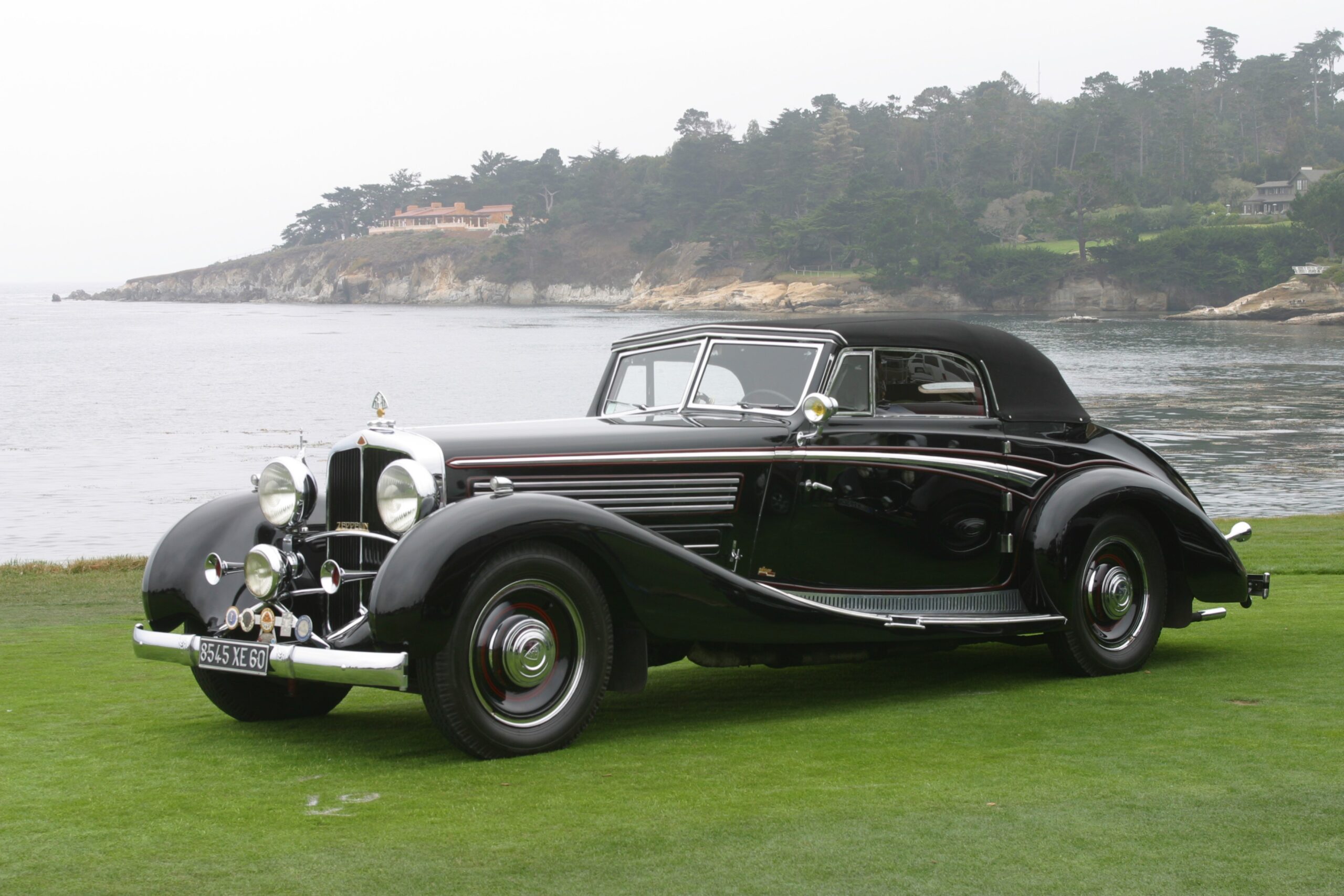
From Lake Constance to California: Maybach Zeppelin at Pebble Beach in 2002.
In the late 1920s, the Maybach name was building a reputation with the well-to-do, but it needed one more push. Then came the LZ 127 Graf Zeppelin, the airship that circumnavigated the world. Fortunately for the auto division, the Zeppelin was powered by five Maybach V12 engines. To capitalize on this accomplishment, the automaker produced the DS7, an enormous vehicle packing a seven-litre V12 engine. It was followed by the DS8 shortly afterward, which used an eight-litre V12 with 200 horsepower. Adding to the smoothness of this chariot, it preselected gears, meaning it swapped cogs without the need for a clutch. Customers could spec the DS8 in a variety of ways, including sedan, limo, two-door, and cabriolet. These gorgeous cars attract a lot of attention these days, with sky-high auction prices above the $1-million mark—the asking price is closer to $3 million in some cases.
Due to the Second World War, Maybach stopped making cars and didn’t pick back up again even after being acquired by Daimler-Benz in 1960. Fortunately, Mercedes revived the brand in the 2000s with the Maybach 57 and 62. The 57 was the “standard” model (if that could ever properly describe the $300,000 luxury sedan), which featured fabric curtains and a minifridge for rear passengers. Based on the Mercedes-Benz S-Class, the 57 packs a 5.5-litre twin-turbo V12 engine under its hood, making 543 horsepower and 664 pound-feet of torque, enough to propel the vehicle to highway speeds in 4.9 seconds; the sedan is as fast as many small sports coupes of the time. The Maybach 62 is the longer-wheelbase model, which has a bit more power and an air of sophistication. The revival worked in the eyes of those who mattered: 531 millionaires surveyed for the Luxury Brand Status Index 2008 voted Maybach the most prestigious luxury brand, ahead of Rolls-Royce and Bentley.
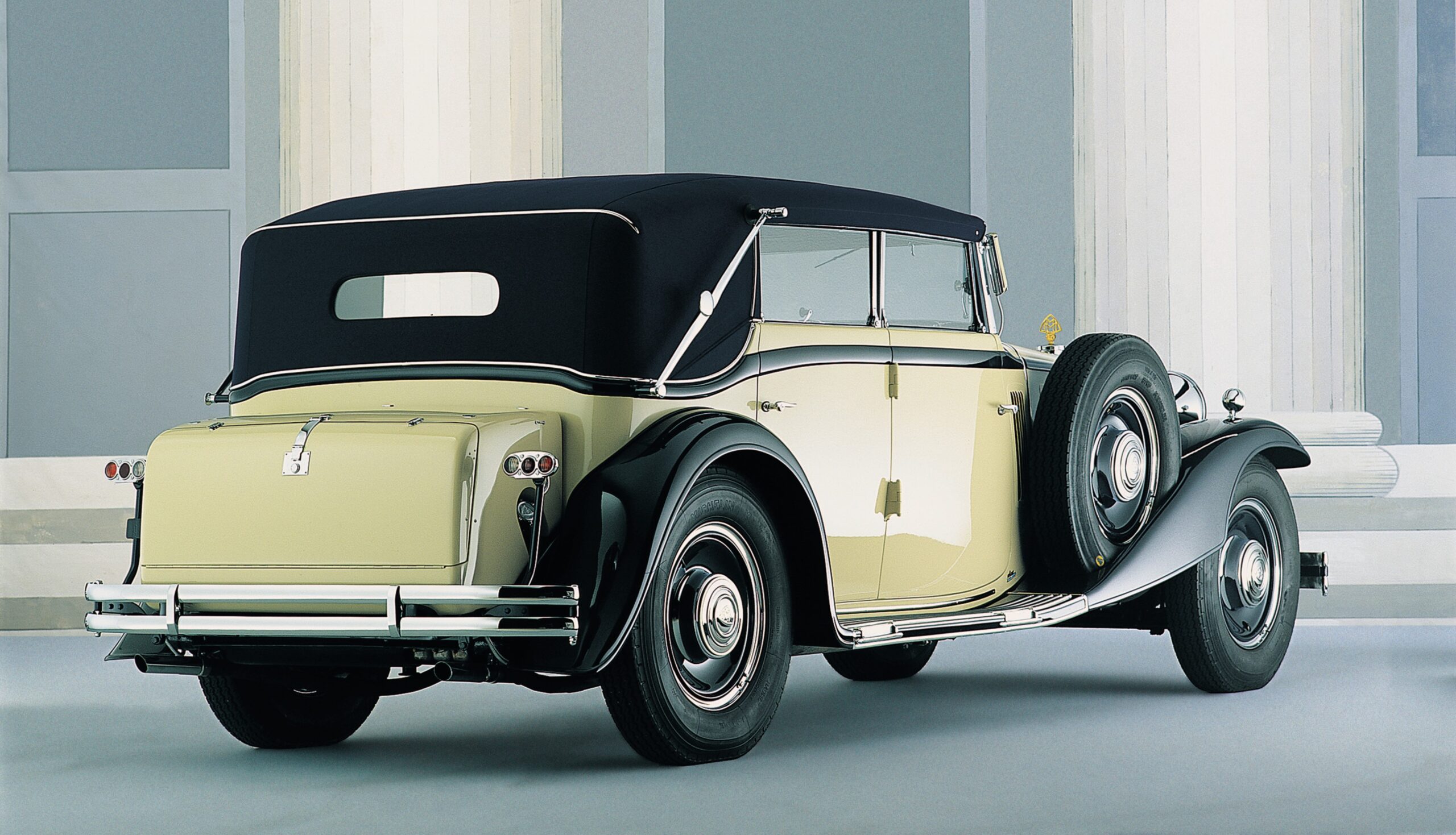
Maybach “Zeppelin” DS 8.
But the success wouldn’t last. The brand was kind of shuttered following the financial crisis of 2007–2008, only to reemerge in 2014 as a sub-brand of Mercedes-Benz. That meant purchasers now get spruced-up Mercedes-Benz vehicles with the Mercedes-Maybach name along with extra options and customization.
But there were a few over-the-top Mercedes-Maybachs that managed to turn heads. My favourite was the Mercedes-Maybach G 650 Landaulet, an ultraluxurious version of the incredibly rugged and off-road-oriented G-Class. Limited to just 99 units, the vehicle packed a convertible roof only for the rear passengers to enjoy. And while the turbocharged V12 puts out 621 horsepower, this Mercedes-Maybach can conquer the trail too, with practically half a metre of ground clearance, 100 per cent differential locks, and impressively capable tires on massive 22-inch wheels.
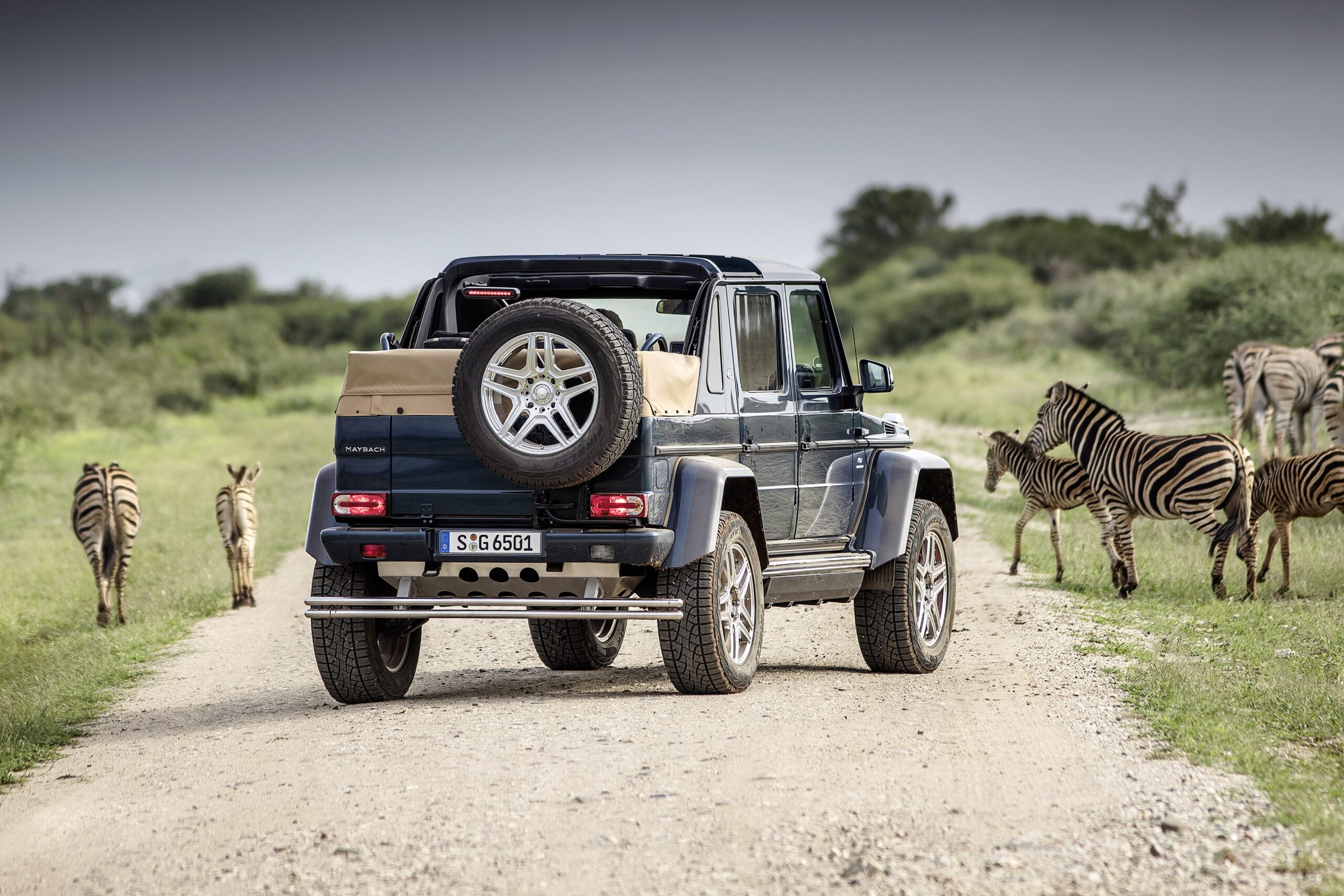
Mercedes-Maybach G 650 Landaulet.
The Mercedes-Maybach name has been used on some concept cars as well. The 6 Coupe first debuted in 2016, then was followed the next year by the Cabriolet. These attractive cars were designed to showcase the electric future of the brand, with a promise of 500 kilometres and 750 horsepower. The Maybach emphasis comes with the size of these gorgeous vehicles, spanning nearly six metres in length, including the long hood, which brings to mind the prewar vehicles the automaker was known for.
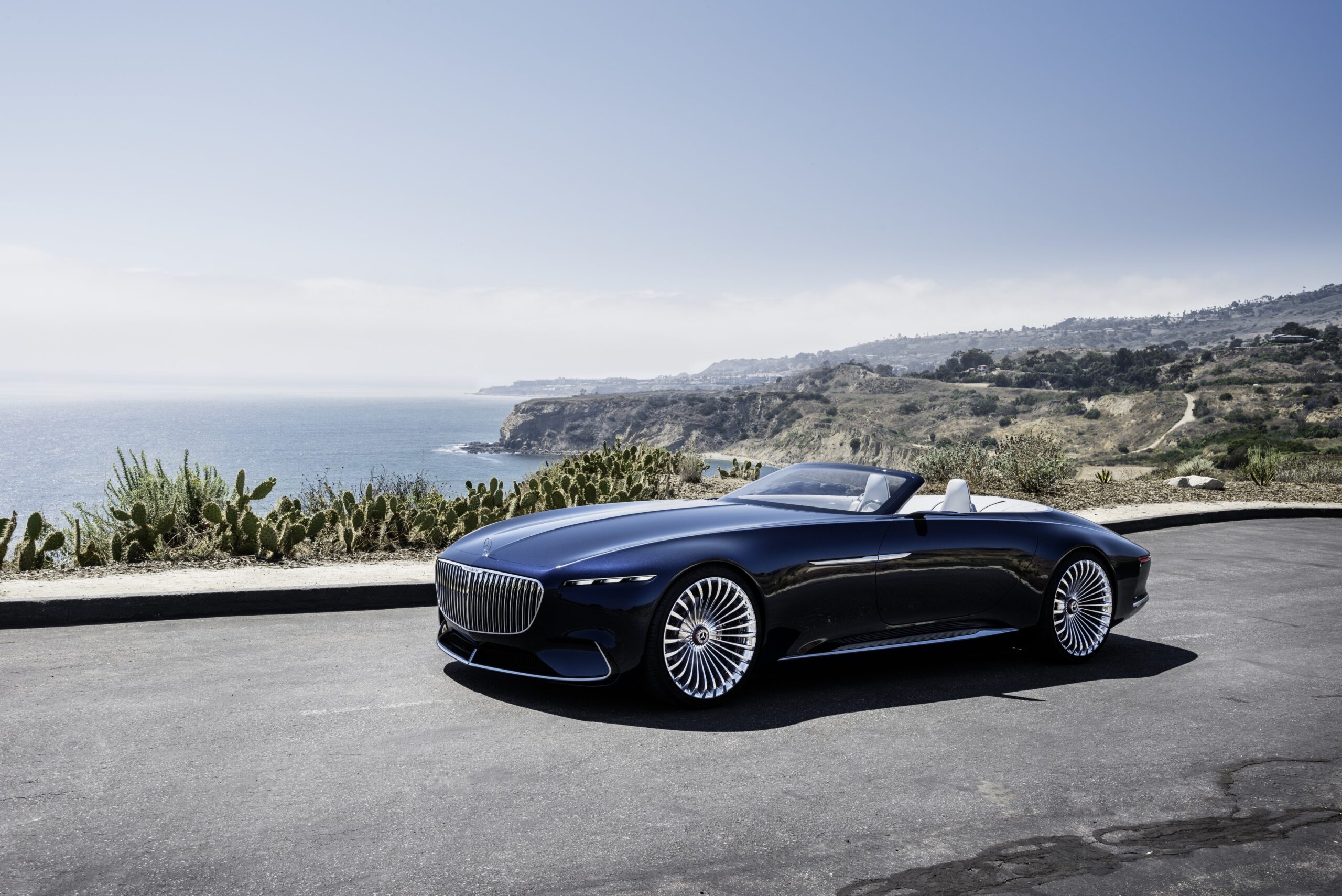
Measuring almost six metres in length, the Vision Mercedes-Maybach 6 Cabriolet incorporates the classic proportions of art deco design with its extremely long bonnet and puristic, flowing lines, and at the same time completely reinterprets these aesthetic principles.
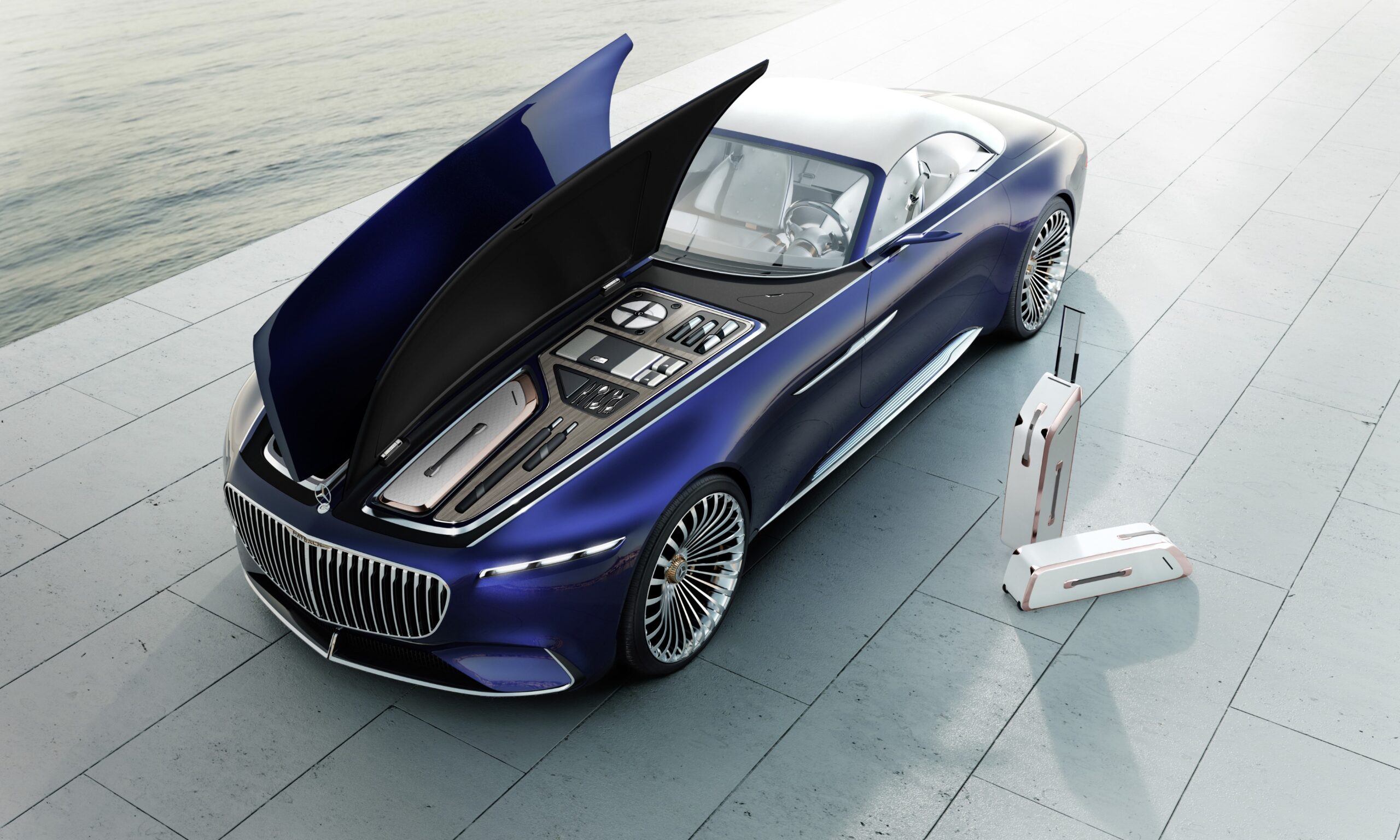
In the front luggage area of the Vision Mercedes-Maybach 6 Cabriolet is a set of two suitcases, exclusively created for the vehicle. Plenty of space has also been provided for further additions such as picnic accessories or personal items.
Today, those in search of a Maybach have two options: the Mercedes-Maybach S-Class and the Mercedes-Maybach GLS-Class. These vehicles offer high-end leather upholstery, reclining seats with massaging functions, ambiance-setting interior lighting, and high-quality Burmester sound to go with rear passenger entertainment systems. The cars also offer champagne goblets, an added luxury for those on the go.
While the 100-year history of the Maybach name has gone through ups and downs, the brand’s soul is mostly intact. The concept vehicles exhibit eye-popping designs and innovations, while the production vehicles are still synonymous with world-class luxury.

